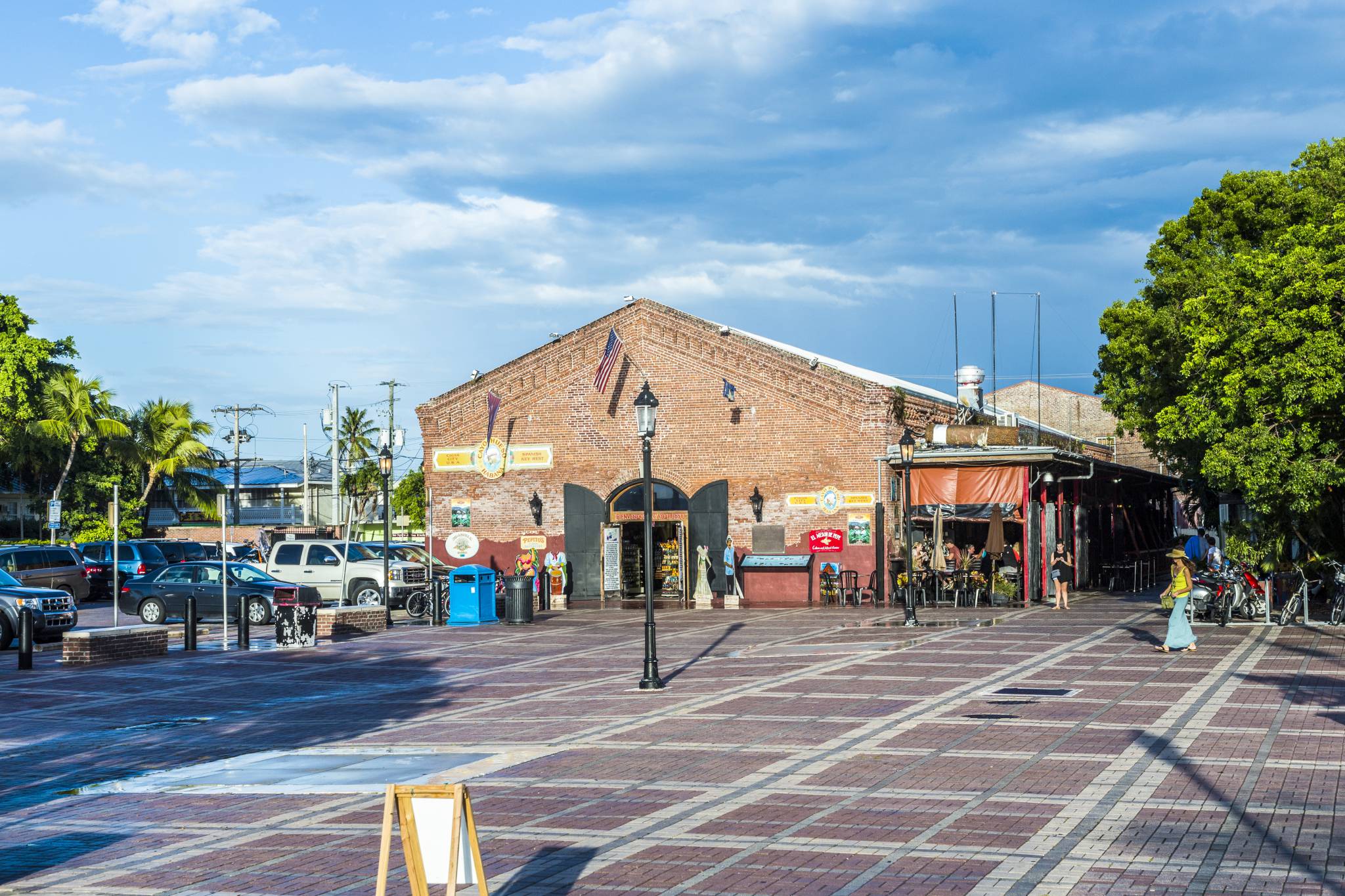In this piece, we’re dropping pins on the hidden gems of London. Not the tourist traps dressed up as “off the beaten path”—we’re talking actual secret places in London that make even born-and-bred Londoners raise an eyebrow in pretentious surprise.
Let’s step behind the curtain.
Ah, London. A city where history lingers in every cobblestone and red phone box—albeit now mostly decorating Instagram feeds rather than making calls. But once you’ve turned your back on Big Ben selfies and waved goodbye to the madness of Oxford Street, you’ll find a different London. The London that keeps its best secrets tucked behind ivy-covered walls, underground wine vaults, and yes—even down the occasional mysterious alleyway that seems designed to devour tourists for fun.
1. Eel Pie Island: The Boho Island That Time Forgot
Tucked away along the Thames in Twickenham, Eel Pie Island is what happens when a commune collides with a Wes Anderson film. Once a raucous jazz and blues hub that hosted The Rolling Stones and Pink Floyd (as you do), the island now plays host to a colony of artists and quirky residents. It’s private most of the year but opens twice annually for art fairs. If you manage to time your trip just right, it's like walking into the Mad Hatter’s art studio.
Curious? You should be. Check out official local visitor info on Richmond.gov.uk.
2. Wilton’s Music Hall: The World’s Oldest Music Hall That Isn’t a Tourist Trap
Ask a Londoner to name the city’s oldest music hall and watch their eyes flicker with existential dread. Then tell them about Wilton’s. Tucked away in the East End, Wilton’s is gloriously battered with age—the theatre equivalent of a well-worn paperback. Live music, theatre performances and candlelit drama are all on offer in a venue that practically seeps history from its crumbling Victorian bricks.
3. Daunt Books, Marylebone: Book Shopping for the Intellectually Frazzled
Sure, London has bookstores. But Daunt Books in Marylebone is less a store than a calming sanctuary for the literary-inclined. Housed in a gorgeous Edwardian building with oak galleries and skylights so perfect you half expect a Jane Austen protagonist to emerge from the travel section, this shop is a pilgrimage site for bibliophiles.
Bonus Tip: Their travel section is organized by country, ideal for fantasizing about Bali while buying a guide to Yorkshire.
4. The Hardy Tree: Gothic, Weird, and Unofficially His
Nestled in the quieter corners of St. Pancras Old Churchyard, The Hardy Tree isn’t named after Thomas Hardy on a whim. Young Hardy (before he went full Wessex) was tasked with restructuring the churchyard for rail expansion and ended up stacking gravestones neatly around a tree. The result? A peculiar, timeworn circle of life moment in central London. Delightfully eerie.
5. Little Venice: The Name Is Terrible, But the Vibes Are Sublime
Let’s be clear: it’s neither little nor Venice. But this tranquil pocket of canals in Maida Vale is where you’ll find colorful canal boats, whimsical floating cafés, and zero hordes of snapping tourists. A walk along the Regent’s Canal to Camden Town offers serious smugness points, as well as an endless supply of Instagram fodder. Consider a stop at Waterside Café for strong tea and stronger people-watching.
6. The Seven Noses of Soho: A Nosey Treasure Hunt
Strap in: there are seven sculpted noses attached to random buildings in Soho. Created by artist Rick Buckley in response to London's obsession with CCTV surveillance, these protruding proboscises offer a peculiar kind of scavenger hunt. Legend has it if you find all seven, endless wealth shall be yours.
Spoiler: You’ll get confused, mildly lost, and possibly wealthier in character.
7. Gordon’s Wine Bar: Literal Cellar of Delights
Just off the Embankment and down a narrow staircase lies Gordon’s Wine Bar—London’s oldest. Operating since 1890, stepping inside is like being swallowed by history and then offered an absurdly good house red. The walls are lined with newspaper clippings featuring Churchill and Queen Vic, and the candle-lit cave-like interior is ideal for secret romances or clandestine screenplay readings.
8. Leighton House: Where Maximalism Dines with the Divine
Nestled in the respectable recesses of Kensington, Leighton House is outrageous in the best way possible. Once the home of Victorian painter Frederic Leighton, the house is a dizzying blend of Islamic, classical, and Renaissance influences. Think tiled courtyards, golden domes, and peacock-motif staircases. If Versailles went on a gap year, it would look like this.
9. The Attendant: Because Your Flat White Should Come with Urinal Chic
Yes, it’s a café in a renovated Victorian public toilet. Yes, the urinals are still there—used now as coffee tables. And yes, the coffee is among the best in London. Located in Fitzrovia, The Attendant serves up flat whites, banana bread, and zero shame about its past.
Go for the novelty, stay for the surprisingly sophisticated brekkie menu.
Plan Your Not-So-Touristy London Escape
Whether you're looking to ditch the double-decker clichés or just want stories that don’t involve shoving through crowds at Madame Tussaud’s, these under-the-radar spots prove there's always a new side to London worth uncovering.
Ready to plot your unconventional route? Visit London’s official tourism site at VisitLondon.com for maps, guides, and insider travel hacks.
FAQ: Hidden Gems of London
What's the oldest wine bar in London?
Gordon’s Wine Bar, established in 1890, claims the title. Its atmospheric underground cellar and wide wine selection make it a quintessential hidden gem in London.
Where can I find quirky things to do in London?
Try The Attendant café in Fitzrovia (located inside a former Victorian toilet), hunt for noses in Soho, or explore eccentric art on Eel Pie Island. London is packed with strange and wonderful places.
How do I get to Eel Pie Island?
Take a train to Twickenham, then walk towards the Thames. It's only accessible via footbridge and is open to the public during select art open-studio weekends.
What are some hidden places to visit in London?
Some hidden gems in London include Eel Pie Island, Wilton’s Music Hall, Leighton House in Kensington, and the Seven Noses of Soho. These offbeat spots offer unique experiences away from the typical tourist attractions.
Is Little Venice in London worth visiting?
Absolutely. Little Venice offers a peaceful canal-side stroll, colorful houseboats, and charming cafes. It’s one of London’s most scenic hidden gems and perfect for a quiet afternoon.
Are there any secret spots in central London?
Yes! Gordon’s Wine Bar near Embankment and The Hardy Tree by St Pancras Old Church are lesser-known central London landmarks that even many locals miss.




















































